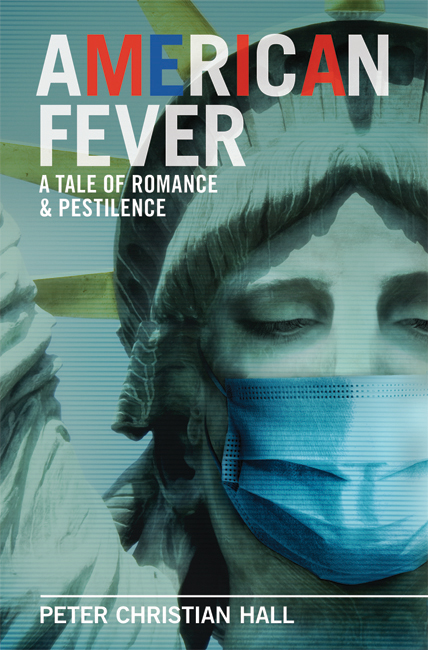Day 33: Love, Pain & the Virus of Self-Destruction
I apologize sincerely to the guy whose wife left him. I’m a dolt, whining about my own problems, sneering at those of others. That’s what bad bloggers do. Or creeps.
Now to vex more readers.
I’ve received a propaganda barrage hailing Gram Parsons, a later ex-Byrd universally regarded as the lost genius of country rock. He founded The Flying Burrito Brothers, wrote some brilliant songs, and taught the Stones a few things before overindulging to death at 26.
 WHERE THE GRIEVOUS ANGEL MET HIS FATEI like Parsons’ music a lot. Heck, he invented my devilish Nina (Christine’s Tune). My cat is named after Sneaky Pete Kleinow, the Burrito Brothers’ steel guitar player (who played in Gene Clark’s final master recording session). Some of Clark’s best work might never have happened had the Burritos not invented what Parsons called “cosmic American music.”
WHERE THE GRIEVOUS ANGEL MET HIS FATEI like Parsons’ music a lot. Heck, he invented my devilish Nina (Christine’s Tune). My cat is named after Sneaky Pete Kleinow, the Burrito Brothers’ steel guitar player (who played in Gene Clark’s final master recording session). Some of Clark’s best work might never have happened had the Burritos not invented what Parsons called “cosmic American music.”
But Parsons’ great works are no secret. His legend has come to verge on cliché. There are books about him, even a movie. Too much of his mystique derives from his having died so young (and mysteriously) in a California desert motel, after which his corpse was stolen by a close friend and burned in Joshua Tree National Park.
The brutal truth is that Parsons was a good ‘ol Harvard boy, an epochal underachiever who wasted a lot of people’s time screwing up. (Yep, I read one of the books—good and sad: Ben Fong-Torres’ Hickory Wind: The Life and Times of Gram Parsons.) I think Parsons was a gifted musical formalist (with a limited attention span) who related best to pain—and how to counter it pharmacologically.
Gene Clark’s work is far less cynical. It’s heartfelt and it asks better questions. I can’t explain why he failed so abysmally in the music markets once he quit the Byrds. John Einarson’s detailed biography, Mr. Tambourine Man, relates how the pioneering country rock poet grew up without plumbing in a family of 15, part Native American in a tiny Missouri town so small-minded that Clark pretended his dark looks came from Chicano blood. He was terminally shy till he started making music.
A superstar at 20, Clark drank too much, took drugs, and could be impossibly insecure, staggeringly arrogant. He got into lots of fights, tried to physically attack both David Geffen and Bob Dylan. Parallel fears of success and of failure kept him careening violently betwixt them until his body fell apart at 46. Once his yearning baritone turned into throat cancer, a few further binges finished him off.
Clark worked relentlessly for many years with artists who kept coming back for more, and he left a gigantic catalog of sadly underappreciated songs. His collected works outweigh Parsons’ and his voice was immeasurably stronger, keener. Ask Chris Hillman, who co-founded both the Byrds and the Burrito Brothers.
Harold Eugene Clark sure believed in love and pain. You hear it and you feel it.
Since I’m now selling his music here, I think I’ll add some of Parsons’ stuff, too, plus both books. Let’s put on a show!



 [American Fever]
[American Fever]